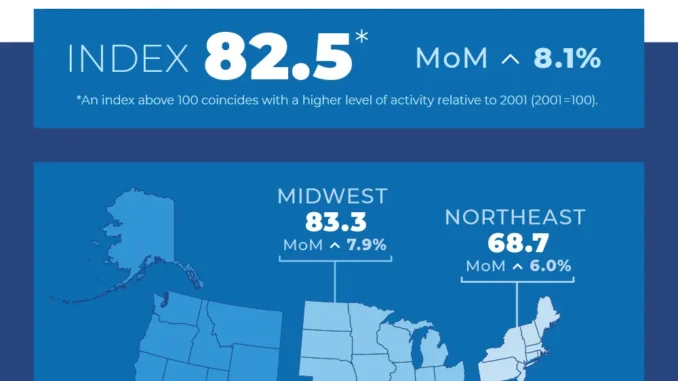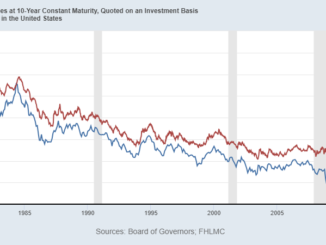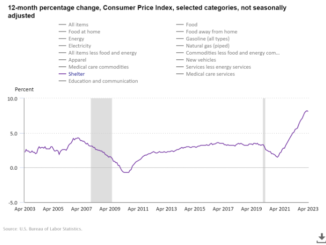
Home prices increased in the fourth quarter of 2023 as mortgage rates declined. More than 85% of U.S. metro markets analyzed registered home price increases, up from 82% in the previous quarter, according to a report from the National Association of Realtors(NAR).
Among the 221 metro areas studied, 15% experienced double-digit price gains during the same period, up from 11% in the third quarter.
“Homeowners have benefited from housing wealth accumulation,” NAR chief economist Lawrence Yun said in a statement. “However, many homebuyers have been shocked at high housing costs, with a typical monthly mortgage payment rising from $1,000 three years ago to more than $2,000 last year.”
Meanwhile, the national median price for an existing single-family home reached $391,700 in Q4 2023, up 3.5% from Q4 2022.
While the South led all regions with the largest share of single-family existing home sales (45%) in the fourth quarter, the Northeast posted the biggest price appreciation with an annualized increase of 7.3%. The South, Midwest and West regions posted year-over-year price growth of 3.2%, 4.7% and 4.2%, respectively.
“Sales were restrained due to limited inventory,” Yun said. “But increased homebuilding, along with lower mortgage rates, will not only improve housing affordability but also help bring more homes onto the market in 2024.”
The 10 metro areas with the largest annualized median price increases all recorded gains of 14.8% or more. These include Dayton, Ohio; Kingsport, Tennessee; Johnson City, Tennessee; Fond du Lac, Wisconsin; Trenton, New Jersey; Newark, New Jersey; Salinas, California; Anaheim, California; Anniston, Alabama; and Bloomington, Illinois.
California maintained its position as the most expensive state, featuring eight of the 10 priciest markets in the country.
Meanwhile, only 14% (32 of 221) of the metro areas in the analysis experienced home price declines in the fourth quarter, down from 17% in the third quarter.
Declining mortgage rates eased affordability issues
The monthly mortgage payment on a typical existing single-family home with a 20% down payment was $2,163, down from $2,189 in the third quarter but up from $1,967 one year earlier. The typical household allocated 26.1% of its income to cover its mortgage payments, down from 26.7% in the previous quarter but up from 24.2% in Q4 2022.
It took an annual income of at least $100,000 to afford a mortgage with a 10% down payment in 47.1% of all markets, up from 45.7% in the previous quarter. Conversely, families needed less than $50,000 to afford a home in only 2.3% of markets, down from 2.7% in the prior quarter.



